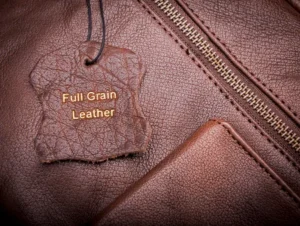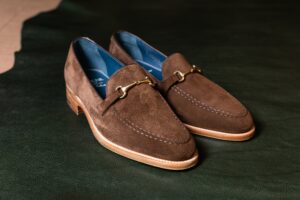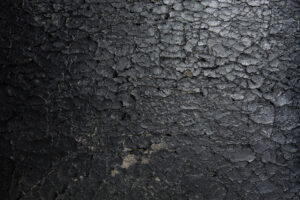The grades of leather allow you to categorize leather and give an idea of its quality. It is important to emphasize that this categorization is a subjective assessment of the quality of leather and is used to describe a particular piece of leather.
In addition, there are many types of leather grades, but 5 of them are the most common and the most used in the classification of leather.
The importance of leather grades
Although this categorization is subjective, grades can be a great help when it comes to choosing your leather.
The grading is actually based on how the leather has been split and handled on the surface. Since there are different cuts, these variations directly affect the performance and appearance of the leather, making it more durable or of better quality than others.
It is therefore not correct to say that the grades will determine the quality of the leather, but they do classify the type of cut, which consequently affects the performance and appearance of the leather.
Being aware of the existing leather grades and their characteristics will enable you to make better decisions when you buy the raw material.
The Grades of Leather
Although there is no recognized standard or categorization, there are 5 grades of leather that are commonly used:
- Full grain leather
- Top grain leather
- Split grain leather
- Genuine leather
- Bonded leather
Full grain leather
Full grain leather is a type of leather that is lightly processed, leaving the grain of the skin intact. As a result, you can see the natural imperfections of the skin, such as stains, scars, or even bites. Generally this is the leather that is considered to have the best quality, which is why it is at the top of the leather grades.
Uses:
Full grain leather is used in high quality items
Characteristics:
- Has variations in grain and coloration
- Marks and imperfections are visible
- Hair follicles can be present and seen

Top grain leather
One grade down, top grain leather refers to leather that has been polished or sanded to remove stains and imperfections. In this way, the leather gets a smoother, more uniform finish and also becomes easier to work with.
Uses:
- Accessories
- Upholstery
- Footwear
Characteristics:
- No grain and color variations
- The marks and imperfections are sanded
- Leather is stain resistant
- Color remains uniform
- Leather is less breathable
Split grain leather
Split grain leather comes from the lower part of the leather skin, and has different characteristics to the above grades.
As a rule, this grade of leather is a bit weaker and less durable. A good example of Split grain leather is suede.
Uses:
- Belts
- Bags
- Jackets
- Shoes
Characteristics:
- No imperfections, stains or variations visible
- Pigments and dyes have a uniform color
- Leather is not breathable
- It is a less durable leather

Genuine leather
When we refer to something genuine, we usually associate it with something valuable or of high quality. However, this is not the case with this grade. Genuine leather comes from a middle section of the skin, although it is still leather, it has no grain and is heavily processed to be usable.
Uses:
Low-quality leather products
Characteristics:
- No visible imperfections, stains or variations
- Uniform color
- Plastic feel
- Not durable
Bonded leather
Bonded leather is a synthetic material formed by mixing leather powder, scraps and glue. This is a very weak type of leather and the lowest quality grade among the five shown.
Uses:
Low-cost fabrications (such as accessories or furniture upholstery).
Characteristics:
- Made from only 20% leather
- Appearance of synthetic leather
- Not breathable
- Will deteriorate quickly








